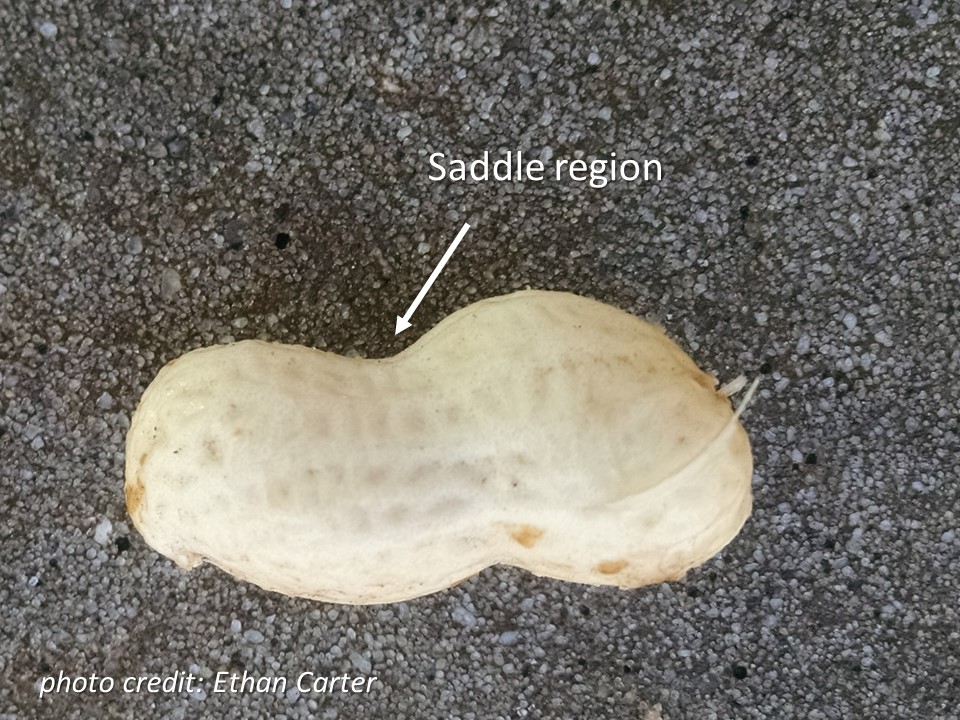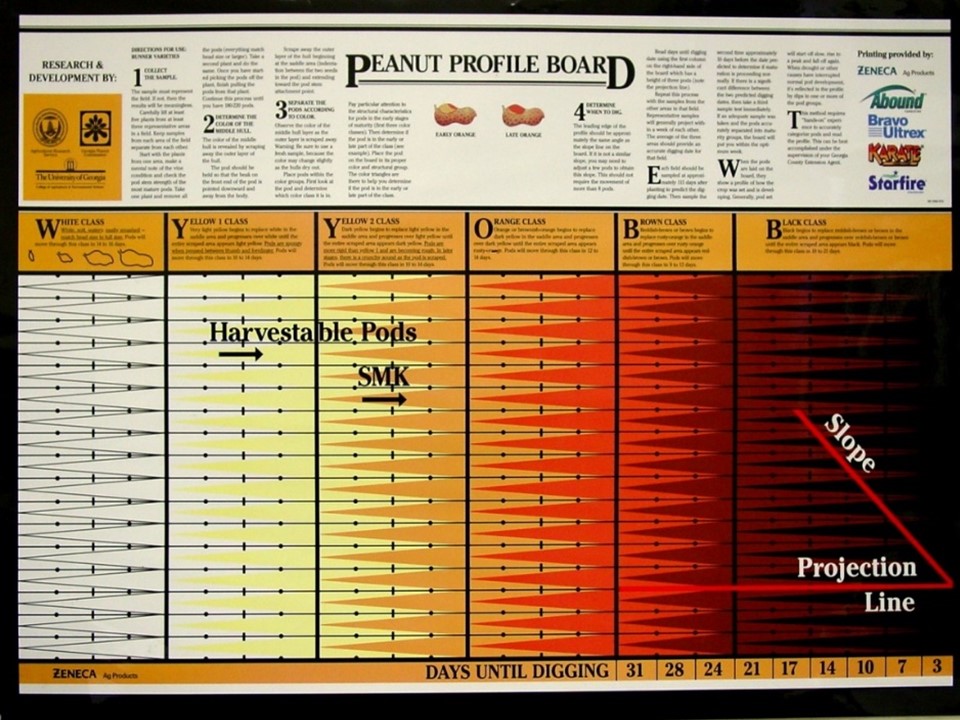
Figure 1. Peanut harvest is just around the corner, and with that comes the tough decision of when to dig peanuts.
By Diane Rowland and Ethan Carter, University of Florida
It’s almost that time of the season again – peanut harvest is just around the corner. With that time of the year comes the tough decision of when to dig peanuts – probably one of the most important decisions a grower can make. The management of the crop could be perfect during the season, but significant losses in yield, grade, and seed quality can occur if a grower digs the crop either too early or too late. Immature pods will not have optimal yields, grade, flavor, or seed performance. Over-mature pods can come off the vine during digging, could sprout in-shell in the field, or be at risk for increased aflatoxin contamination.
As important as this decision is, many new growers and extension agents may not be familiar with the correct way to collect a sample to check maturity or have adequate information about all the different tools available to predict when to harvest. So here are some recommendations and suggestions:
1) Collect a maturity prediction sample. This may seem like a fairly uncomplicated process, but there are some details that will significantly impact the accuracy of the prediction if the pods are not collected correctly.
- Collect 4-5 plants (or enough to produce at least 200 pods) in random locations throughout your field. If you have particular sections of the field that you know have not performed like the rest of the area, take a separate sample from those sections.
- Remove ALL the pods from each plant, keeping a count of all pods from the matchhead stage (where there is a swelling of the tip of the peg) up to well-formed pods (Figure 1). DO NOT stop removing pods from a plant until you have removed all of them (in other words, don’t pick only some of the pods from a plant and stop in the middle). This will prevent you from biasing your sample to only mature, well-formed pods.
- Continue removing pods from subsequent plants until you have reached 180-200 pods (remember this includes matchheads as well).
Note: for convenience, you may want to use two containers when you are picking off pods – one for the matchheads that will never be blasted, and one for the other pods.
2) Blast all pods (except for the matchheads) using the University of Georgia’s power washer system (UGA Miscellaneous Publication No. ENG 03-004). This works best with a turbo nozzle attachment on the power washer. Make sure you have removed most of the exocarp with the power washer and can clearly see the color below in the mesocarp layer.
3) The pods can then be placed on the maturity board (Figure 2) developed by Williams and Drexler (1981). This does require some experience with determining the different color categories: black, brown, orange, yellow 2, yellow 1, white (in order of descending maturity). The saddle area on the pod is where the color should be determined (Figure 3). The color in the rest of the pod is really not supposed to be considered, although many will tell you that this does come into the color classification decision.
4) Or scan the pods (saddle down on the bed of any copier/scanner) and upload the image to the PeanutProfile page as part of the PeantFARM website (http://agronomy.ifas.ufl.edu/peanutfarm). An email with the days to dig prediction will be sent to you in minutes.

Fig. 3. The saddle area on the pod is where the color should be determined for placement on the maturity board.
The other maturity tool that is available is the adjusted Growing Degree Day (aGDD) model on the PeanutFARM website. This heat unit model, developed just for peanut, automatically accesses the nearest weather station data (specified by the grower) and uses temperature plus rainfall and irrigation totals entered for individual fields and calculates a daily aGDD value. Through research in Georgia and Florida, 2500 accumulated aGDDs indicates the optimal harvest for most current peanut cultivars. The web program automatically provides a message to the grower once this level has been reached.
For the optimal maturity prediction plan: 1) growers would begin monitoring their aGDDs from the start of the season, 2) utilize the warning flag that the program provides at 2300 aGDDs, 3) at that point, collect a maturity prediction sample in the field, and 4) utilize the traditional board method or upload a scanned image of the pods to PeanutFARM for maturity confirmation. Using this plan would insure a grower was harvesting at the right time, optimizing yield, grade, and quality and benefitting from all the hard work and efforts at managing the crop through the season.
For more information on this topic please see the following publications:
Management and Cultural Practices for Peanuts
PeanutFARM Website Aids Irrigation and Harvest Decisions
- Rapid Response Team Deployed to Investigate Peanut Collapse - September 21, 2018
- Developing a “Stress Breathalyzer” for Peanuts - April 13, 2018
- Peanut Nodule Analysis to Assess Crop Health - August 18, 2017

